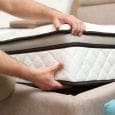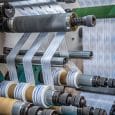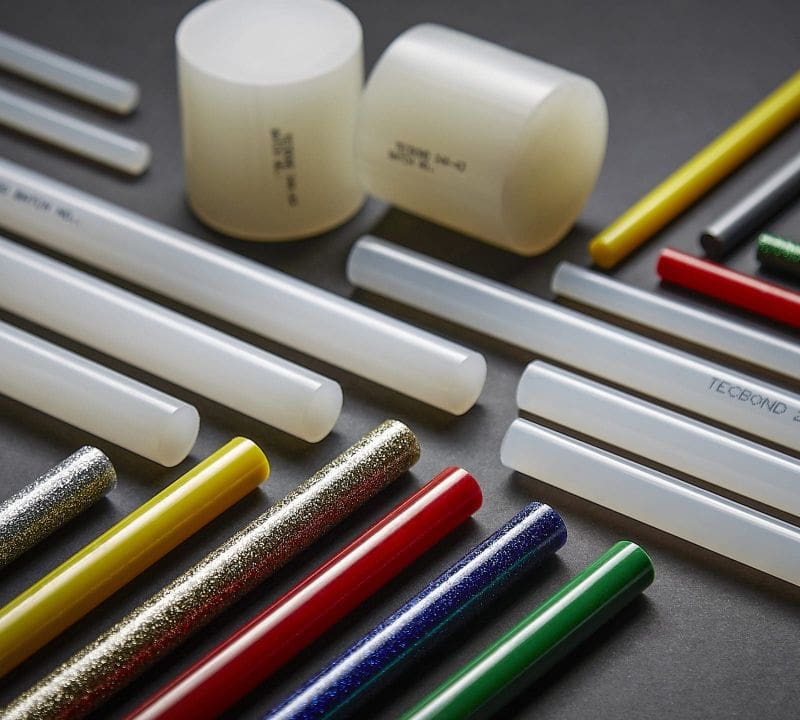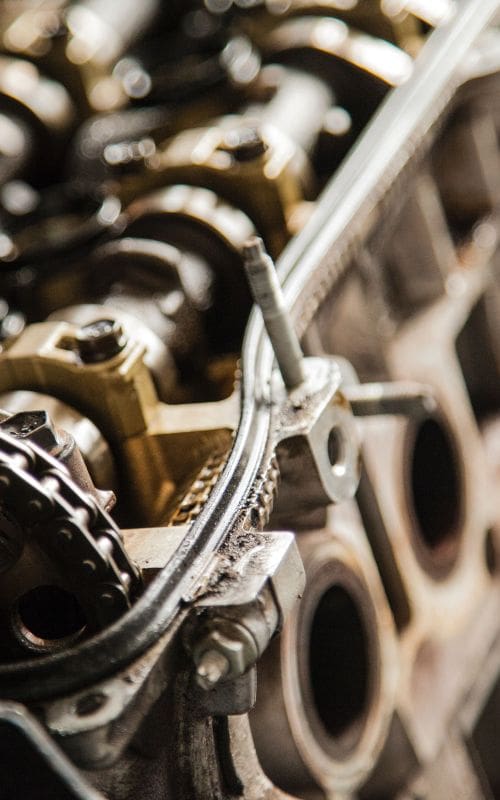Biodegradable adhesives provide peace of mind on the environment
With companies under increasing pressure to improve the circularity of their packaging, adhesive choice can support recycling and avoid harmful waste escaping into the environment.
Packaging adhesives should be almost invisible, but when it comes to sustainability, their impact can sometimes be all too clear to see. From affecting recyclability to releasing chemicals or microplastics into the environment, adhesives can have an outsized effect compared to the total weight of packaging that they make up. This means getting adhesive choice right can be essential for businesses looking to reduce their carbon footprint.
Managing waste
One of the most important factors in a product’s environmental impact is what happens at the end of its operational life. In an ideal world, all carton and corrugated board packaging would be recycled, preserving the resources that went into it and preventing additional carbon emissions through further extraction and processing. This approach, often termed the circular economy, is designed to keep natural resources in service for as long as possible, maximising their value and minimising their environmental impact.
In reality, this is often not the case. Despite the growing focus on encouraging recycling, some packaging still escapes the usual waste streams and is left to biodegrade. Cardboard accounts for around 17% of global waste and around 5.4 million tonnes per year in the UK, of which approximately 71% is recycled. This leaves a significant proportion that is either treated in industrial composting facilities, landfilled, or escapes into the environment.

This presents eco-conscious brands with a problem. Brands need peace of mind that if their packaging is discarded outside of the intended waste stream, then it is not causing undue environmental harm. Although fibre-based packaging can biodegrade reasonably safely, the consumables used on it are a different story. Inks, coatings, and adhesives that are left to break down with packaging can result in harmful chemicals and microplastics contaminating the environment.
Even packaging that is repulped can result in waste being sent to landfill. During the carton and corrugate recycling process, inks, coatings, adhesives, and other potential contaminants need separating from the substrate material before it is reprocessed into pulp. Failure to do so can degrade the recycled material in terms of quality, function, and colour, making it unsuitable to turn back into high quality packaging. This means that consumables are skimmed off as ‘stickies’ and diverted to an alternative waste stream to be incinerated or landfilled.
How can adhesive selection solve this problem?
Tecbond 214B from Power Adhesives is designed to help converters improve circularity and reduce environmental waste. As the world’s first fully-certified biodegradable shaped hot melt adhesive, the product offers the same high performance as other Tecbond adhesives, while boasting a formulation containing 45% bio-based materials. This means Tecbond 214B is unique in its ability to biodegrade after use, leaving no harmful chemicals or microplastics behind, and as a result is more sustainable than other hot melt adhesives.

Tecbond 214B is designed to offer high performance during application and use, while slowly breaking down over time after being exposed to oxygen, heat, and UV light. These elements gradually degrade the adhesive’s long-chain polymers, which can eventually be consumed by microorganisms just like any other organic waste. This process is irreversible and results in no waste being left behind apart from a mixture of water, carbon dioxide, and organic material.
Although the goal should always be to keep packaging material in the circular economy for as long as possible, this cannot always be achieved. With its bio-based, biodegradable formulation, Tecbond 214B provides peace of mind that if packaging does escape the recycling stream, its impact on the environment will be minimal, supporting companies in their sustainability goals.
To find out more about Tecbond 214B, please click here



























Leave a Reply